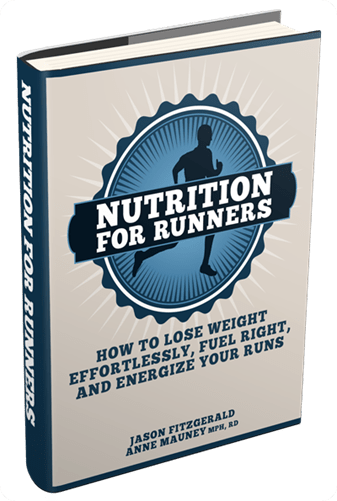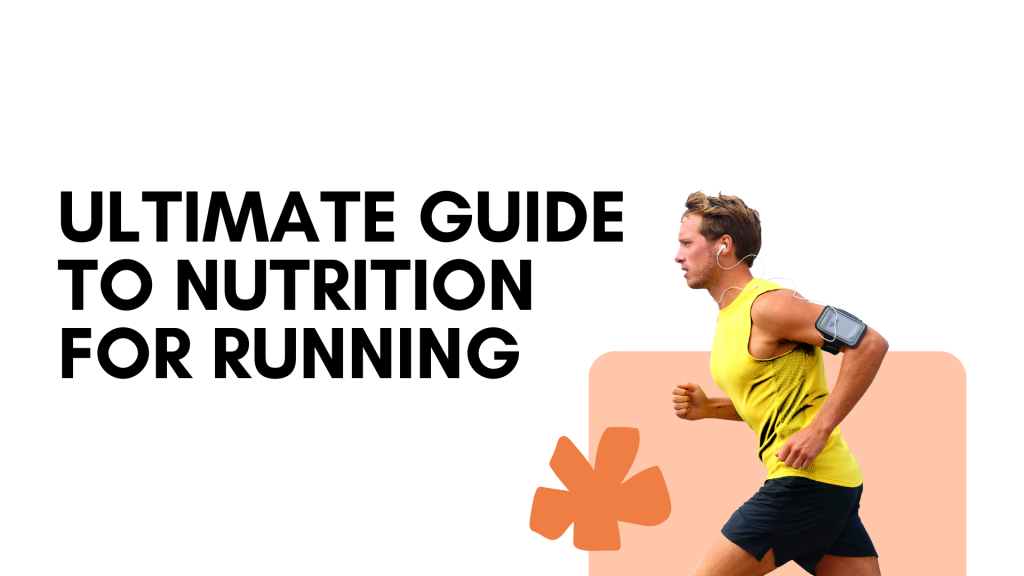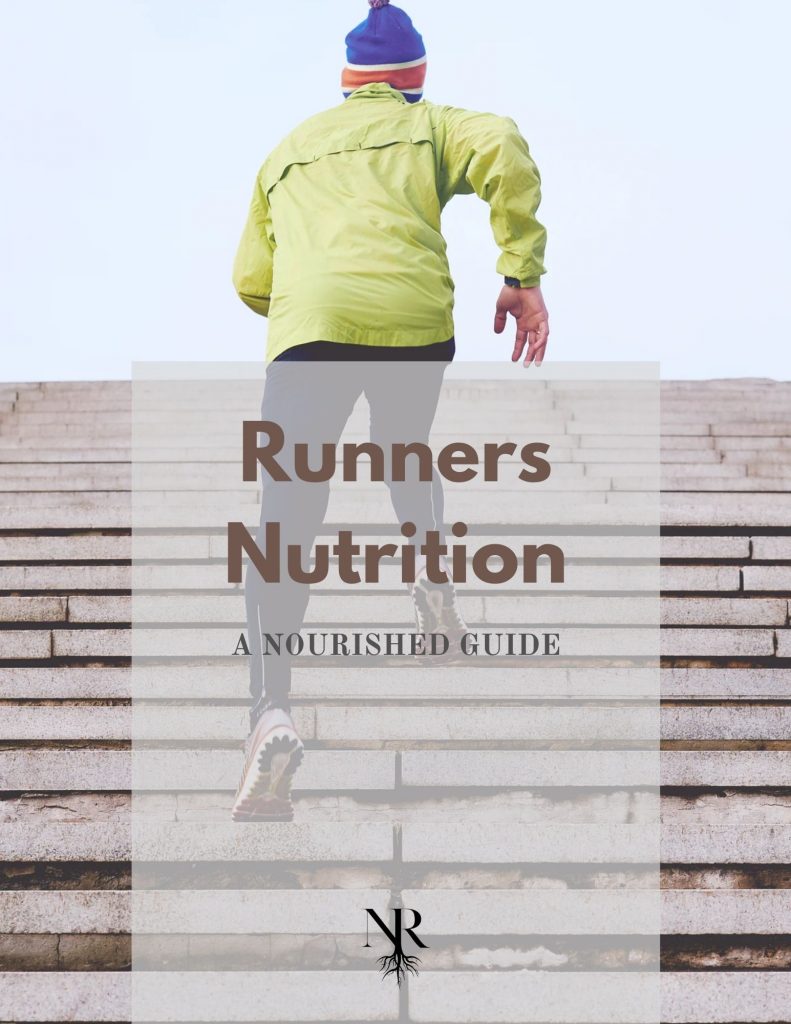As the Crescent City Classic approaches in 2025, runners are gearing up not just through training but also by honing their nutritional strategies. Proper nutrition is critical for maximizing performance, enhancing recovery, and maintaining overall health. This guide provides insights into the essential components of a runner’s diet and how to effectively fuel your body for optimal performance in this iconic race.
Understanding the Nutritional Needs of Runners
Runners have unique nutritional needs that must be addressed to support their training and performance. The energy demands of running, particularly during long-distance events like the Crescent City Classic, necessitate a balanced intake of carbohydrates, proteins, and fats.
- Carbohydrates: The primary fuel source for runners, carbohydrates should make up about 55-65% of a runner’s total caloric intake. They are stored as glycogen in muscles and the liver, providing energy during runs.
- Proteins: Essential for muscle repair and recovery, proteins should constitute about 10-15% of your diet. Aim for 1.2 to 1.4 grams of protein per kilogram of body weight daily, especially post-workout.
- Fats: Healthy fats provide long-lasting energy and should account for 20-30% of your diet. Focus on sources like avocados, nuts, seeds, and olive oil.
Pre-Race Nutrition: The Week Leading Up to the Classic

The week before the Crescent City Classic is crucial for preparing your body through nutrition. Here are some strategies to optimize your pre-race diet:
1. Carbohydrate Loading
In the days leading up to the race, focus on increasing your carbohydrate intake to maximize glycogen stores. This process, known as carbohydrate loading, can significantly enhance your endurance. Here’s how to do it:
- Increase your carbohydrate intake to 70% of your total calories.
- Incorporate foods like pasta, rice, potatoes, and bread.
- Maintain your protein and fat intake but reduce your exercise intensity to allow for glycogen storage.
2. Stay Hydrated
Hydration is just as vital as nutrition. Dehydration can severely impair performance. Aim for:
- At least 2-3 liters of water per day.
- Electrolyte drinks to replenish sodium and potassium lost through sweat.
The Day Before the Race
The day before the Crescent City Classic, focus on simple, easy-to-digest foods. Avoid heavy or high-fiber meals that may cause gastrointestinal distress during the race.
- Opt for a carbohydrate-rich dinner, such as spaghetti with marinara sauce.
- Keep protein intake moderate, focusing on lean sources like chicken or fish.
- Continue to hydrate, but avoid excessive fluids right before bed.
Race Day Nutrition: What to Eat Before and During the Race
On race day, the right nutrition can make all the difference. Here’s a breakdown of what to consider:
1. Pre-Race Meal
Consume a light meal 2-3 hours before the race. This meal should be rich in carbohydrates and low in fat and fiber to avoid gastrointestinal issues. Good options include:
- A bagel with peanut butter and banana.
- Oatmeal with honey and a small amount of fruit.
2. During the Race
For races longer than an hour, consider fueling during the event. Options include:
- Energy gels or chews every 30-45 minutes.
- Sports drinks that provide both hydration and carbohydrates.
Post-Race Recovery: Nutrition to Aid Recovery

Your nutritional strategy doesn’t end at the finish line. Recovery nutrition is essential for muscle repair and replenishing glycogen stores.
1. Refueling Immediately After the Race

Within 30 minutes of finishing, aim to consume a snack that includes both carbohydrates and protein. Some excellent choices are:
- A protein shake with banana.
- Chocolate milk, which offers a good ratio of carbs to protein.
2. Meals Post-Race
In the hours following the race, focus on balanced meals:
- Lean protein (chicken, fish, tofu) for muscle repair.
- Complex carbohydrates (quinoa, brown rice) to replenish glycogen stores.
- Healthy fats (avocado, nuts) for overall recovery.
Case Studies: Successful Runners and Their Nutrition Plans

To understand how nutrition affects performance, let’s look at a few examples of successful runners and their dietary strategies:
1. Elite Marathon Runner Example
One elite marathon runner, who consistently places in the top tier of races, follows a diet that includes:
- 65% carbohydrates from whole grains and fruits.
- 15% protein from lean meats and legumes.
- 20% healthy fats from nuts and avocados.
They also prioritize hydration with electrolyte drinks during long runs and consume energy gels during races.
2. Local Runner’s Journey
A local runner preparing for the Crescent City Classic in 2024 shared their experience:
- They began focusing on nutrition six months prior to the race.
- Increased carbohydrate intake during peak training weeks.
- Noticed improved recovery times and overall performance.
Conclusion: Fueling for Success at the Crescent City Classic
As you prepare for the Crescent City Classic in 2025, remember that your nutrition is just as important as your training regimen. By understanding your body’s nutritional needs and implementing effective strategies for fueling before, during, and after the race, you can enhance your performance and recovery.
From carbohydrate loading to post-race refueling, every aspect of your diet plays a role in your success. Integrate these insights and learnings into your routine, and you’ll be well on your way to crossing that finish line with energy and enthusiasm. Remember, nutrition is not just about what you eat; it’s an integral part of your running journey. Happy running!